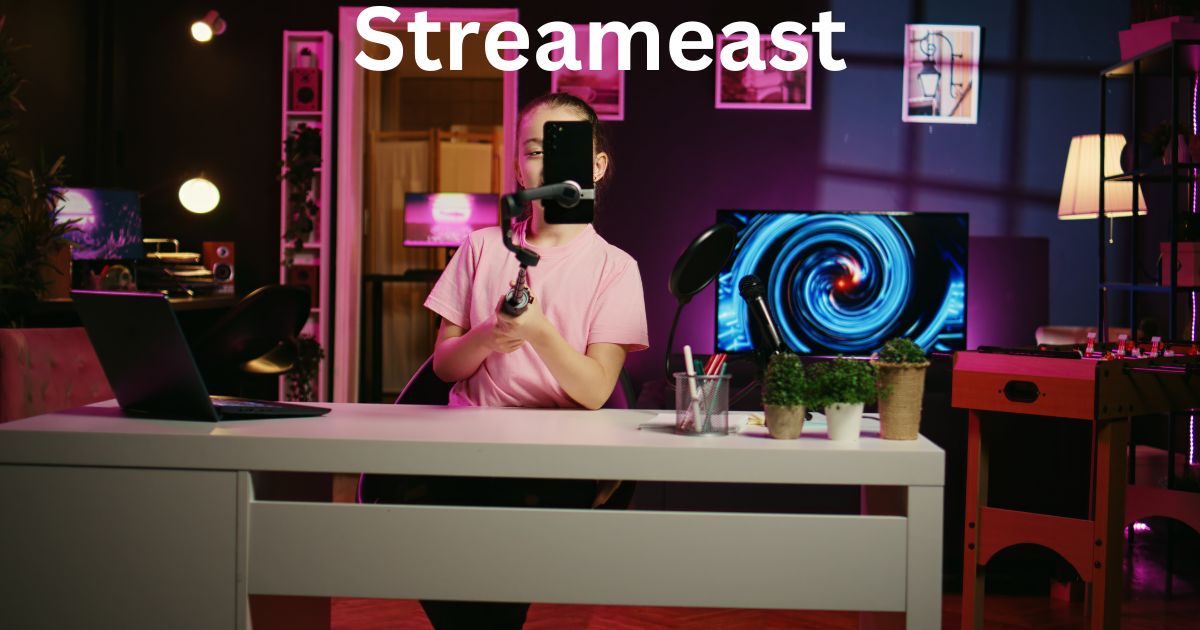Milia, often mistakenly referred to as “milialar,” are tiny, white bumps that can appear on various body parts, most commonly the face. While harmless and painless, they can be cosmetically concerning for some people. This article delves into the world of Mila, exploring its causes, types, treatments, and home care tips.
Table of Contents
ToggleWhat is the milialar?
Milia are small, dome-shaped cysts formed when dead skin cells get trapped under the outer layer of your skin. They are usually white or yellow, pinhead-sized, and have a smooth, pearly surface. Unlike pimples, they aren’t filled with pus and don’t cause inflammation.
Types of Milia:
Milia can be categorized based on their age of onset and cause:
-
Primary Milia:
They develop spontaneously in newborns or young infants (milia crystallina) and usually disappear within a few weeks. It may also occur in older children and adults (milialar milia alba), often appearing on the cheeks, nose, and forehead.
-
Secondary Milia:
Triggered by external factors like injury, sunburn, blistering, or prolonged use of steroid creams. It can also develop as a side effect of certain medications or medical procedures. Causes of Milia: Incomplete skin exfoliation: When dead skin cells don’t shed properly, they can get trapped and form milia. Sun damage: UV exposure can thicken the outer layer of skin, making it harder for dead cells to shed. Skin injuries: Blisters, burns, or other skin injuries can damage the skin’s surface, leading to milia formation. Medications: Topical steroid creams and other medications can clog pores and contribute to milia. Genetic predisposition: Some people are more prone to developing milia due to their genetic makeup.
Treatment Options:
No treatment: Milia often disappear on their own within a few months, especially in infants. However, monitoring the milialar condition is advisable to ensure no complications arise.
Exfoliation: Gentle exfoliation with a chemical or physical exfoliant can help remove dead skin cells and potentially promote the disappearance of milia. Incorporating exfoliation into your skincare routine can aid in preventing milialar buildup and maintaining skin clarity.
Extraction: A dermatologist can use a sterile needle to extract milia, but this should only be done by a professional to avoid scarring. Milialar extraction procedures should be cautiously performed to minimize the risk of infection and other complications.
Laser treatment: In some cases, laser treatment can remove milia, but this is typically reserved for stubborn cases. Laser therapy offers a targeted approach to addressing milialar concerns, providing precise treatment for more resistant or persistent milia. Consulting with a dermatologist can help determine the most suitable treatment for your specific milialar condition.
Home Care Tips:

- Gently cleanse your skin twice daily with a mild cleanser.
- Exfoliate your skin regularly, but be gentle and avoid harsh scrubs.
- Use a moisturizer suitable for your skin type to keep your skin hydrated.
- Avoid using heavy makeup or oil-based products that can clog pores.
- Protect your skin from the sun with sunscreen daily.
Important Note:
While milia are harmless, it’s crucial to differentiate them from other skin conditions like acne or warts. If you are concerned about milia on your skin, consult a dermatologist for proper diagnosis and treatment advice. Milialar concerns should be addressed promptly to ensure appropriate management and care.
Additional Information:
Milia is not contagious. They can appear anywhere on the body but most commonly affect the face, especially around the eyes and cheeks. While not painful, some people find Milia cosmetically bothersome. Early diagnosis and treatment can help prevent milia from becoming more noticeable. It’s essential to stay informed about milialar characteristics and seek professional guidance when needed to maintain optimal skin health.
Conclusion:
Milia, often mistakenly referred to as “military,” are everyday, harmless bumps that usually resolve on their own. However, understanding their causes, types, and treatment options, including milialar care strategies, can help you manage them effectively. Remember, it’s always best to consult a dermatologist for personalized advice if you are concerned about milia or any other skin condition.









